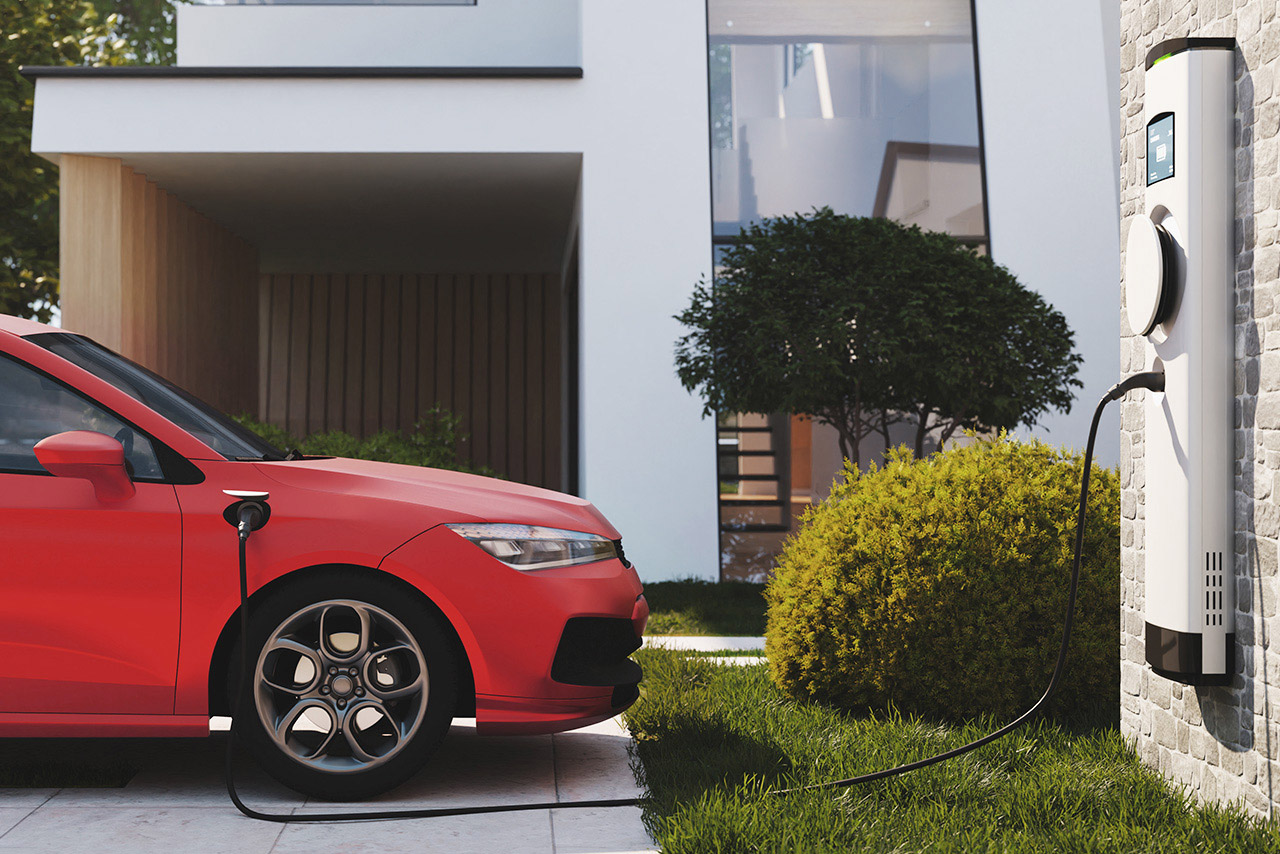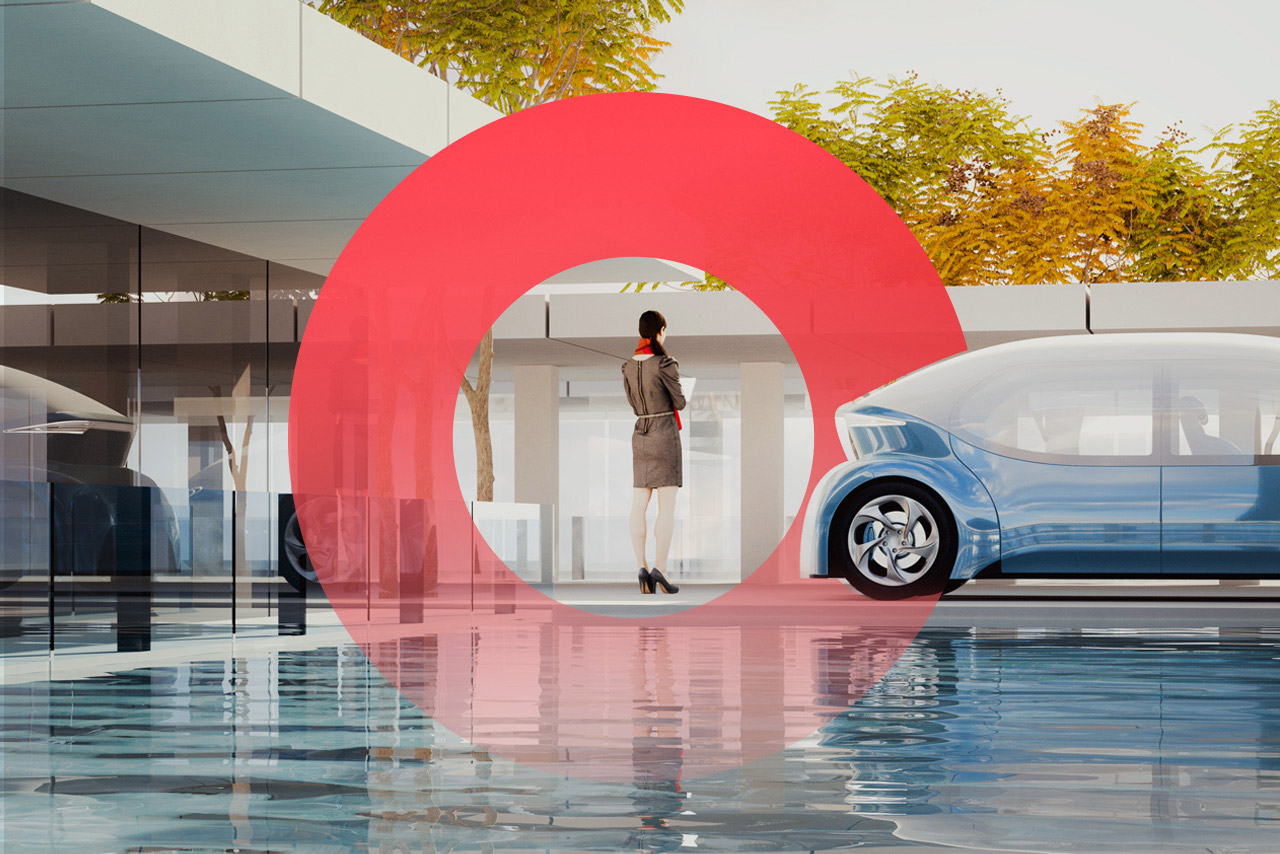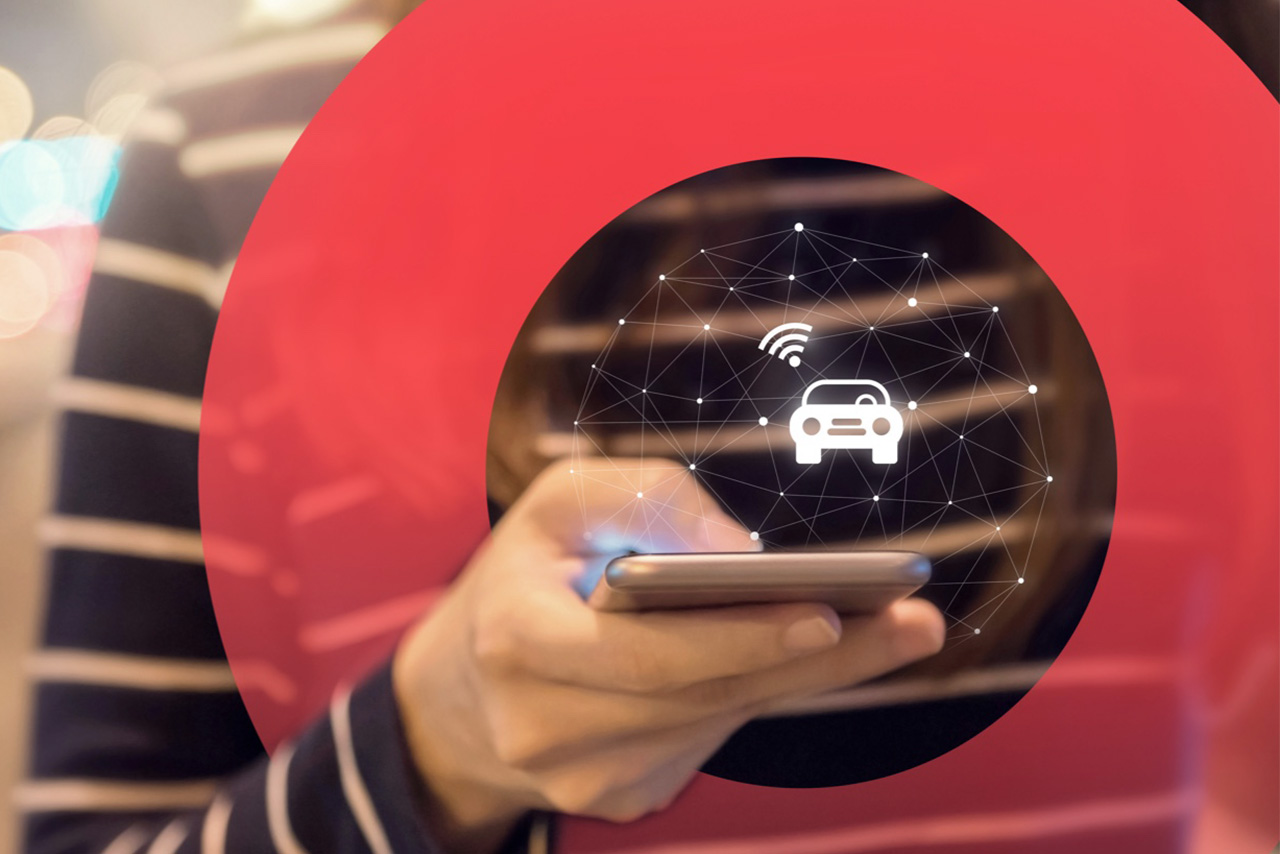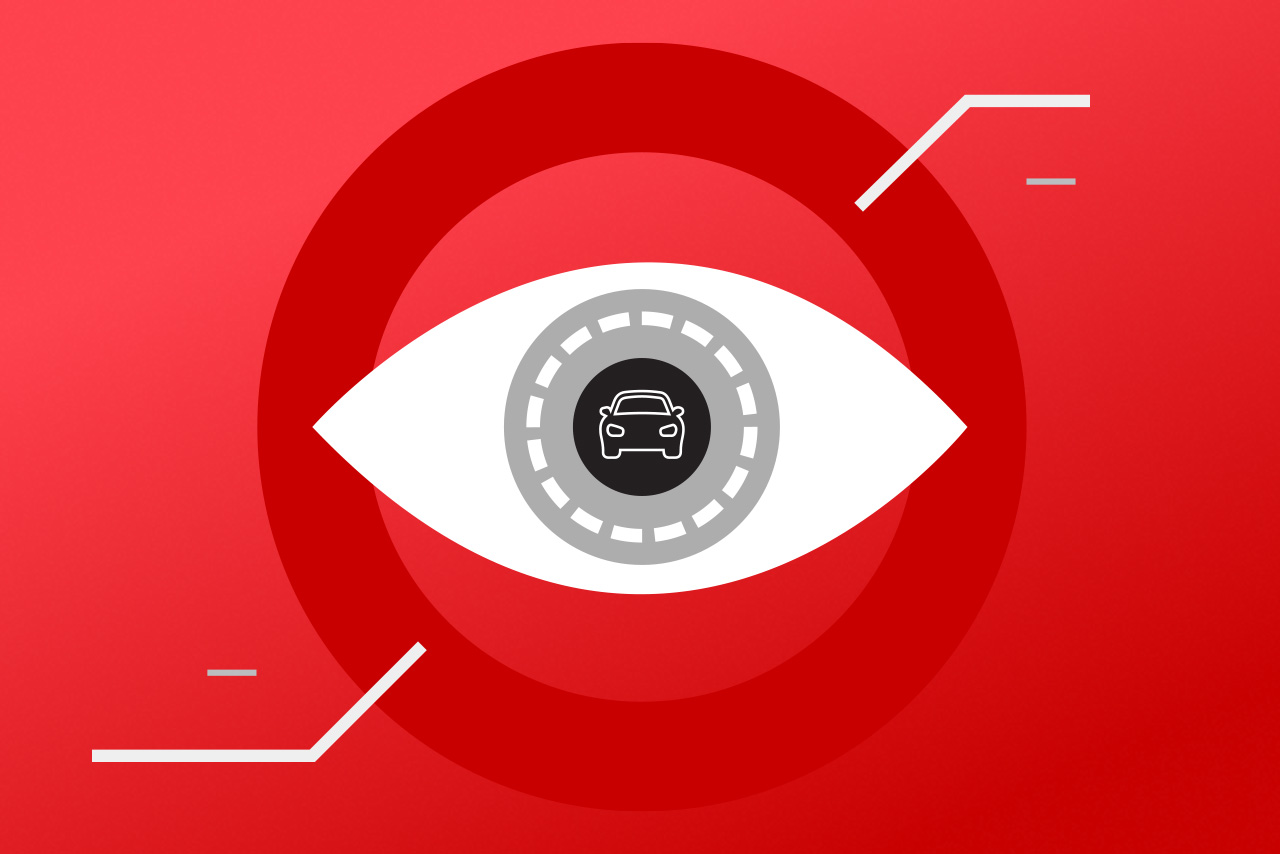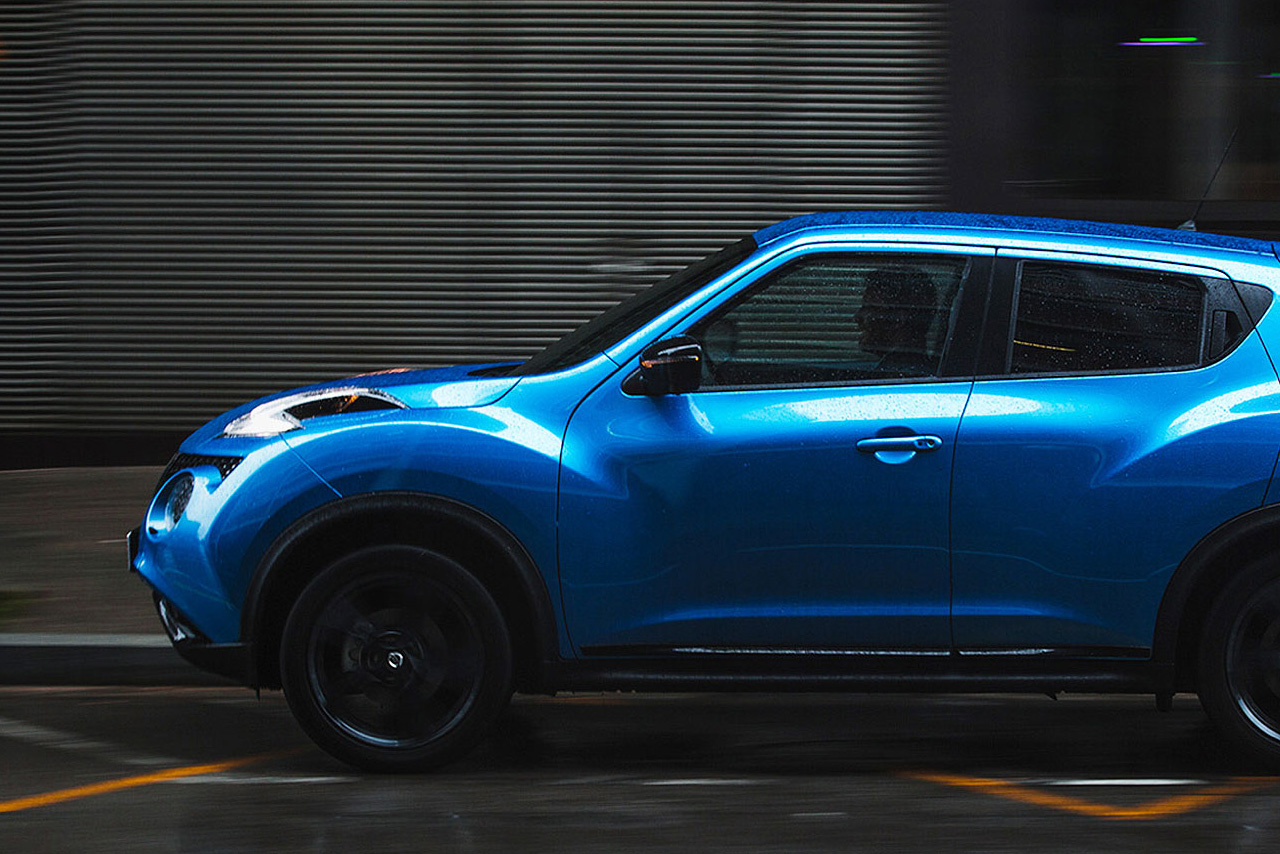What issue can we solve for you?
Type in your prompt above or try one of these suggestions
Suggested Prompt



Transportation & Mobility
Innovation and data will drive the future of mobility.
Seize the space in transportation & mobility
Transportation product and service businesses are being disrupted by digital platforms that move people from point A to B in new ways. Car ownership is giving way to on-demand urban transportation services, and transportation services continue to feel the effects of online price aggregators. Enterprises must embrace these changes and adapt to meet consumer needs to survive and thrive.

Capabilities
Mobility evolution
Retail market distribution
Connected transportation experience
Intelligent connections
Our thinking
Knowledge hub
Solutions
Partnerships
Bringing together innovative, best-in-class partners to help you harness the power of AI to reach your business goals and impact customers’ lives.




